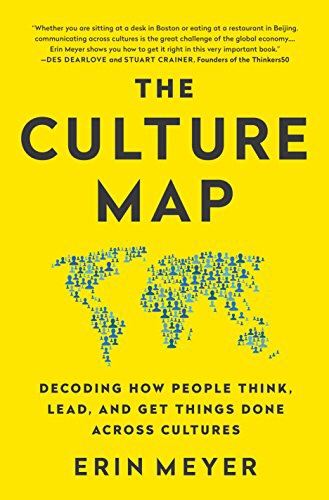There are plenty of books any teacher or leader in international / intercultural education should read. Erin Meyer’s The Culture Map is one of them. Focusing on communication styles, Mayer provides valuable insights for anyone working in any intercultural space.
For this reader, the takeaway was the differences that exist between cultures when it comes to any level of communication. In particular, the the mapping tool that Meyer developed out of her work is a valuable tool in training teachers about what to expect when entering international / intercultural education. Meyer identifies 8 scales that need attention when communicating interculturally:
- Communicating
- Evaluating
- Leading
- Deciding
- Trusting
- Disagreeing
- Scheduling
- Persuading
While this model was developed in a business context, its application to schools is pronounced, not least because it helps the teacher or educational leader nuance “the what” that is being said with “the how”; what is being communicated is being done so in a manner that is not just appropriate but it is laying the groundwork for maximising student (and indeed parent) understanding.
In light of this, the scales that Meyer puts forward as a tool to help navigate intercultural interactions should not be viewed as something where you are graded either very high or very low. Being mapped onto one particular end of a scale does not mean that one is a better communicator or a better evaluator, or is a poor persuader or a poor scheduler. It is simply building a profile that provides clarity to the perspective one culture has of the world around it.
